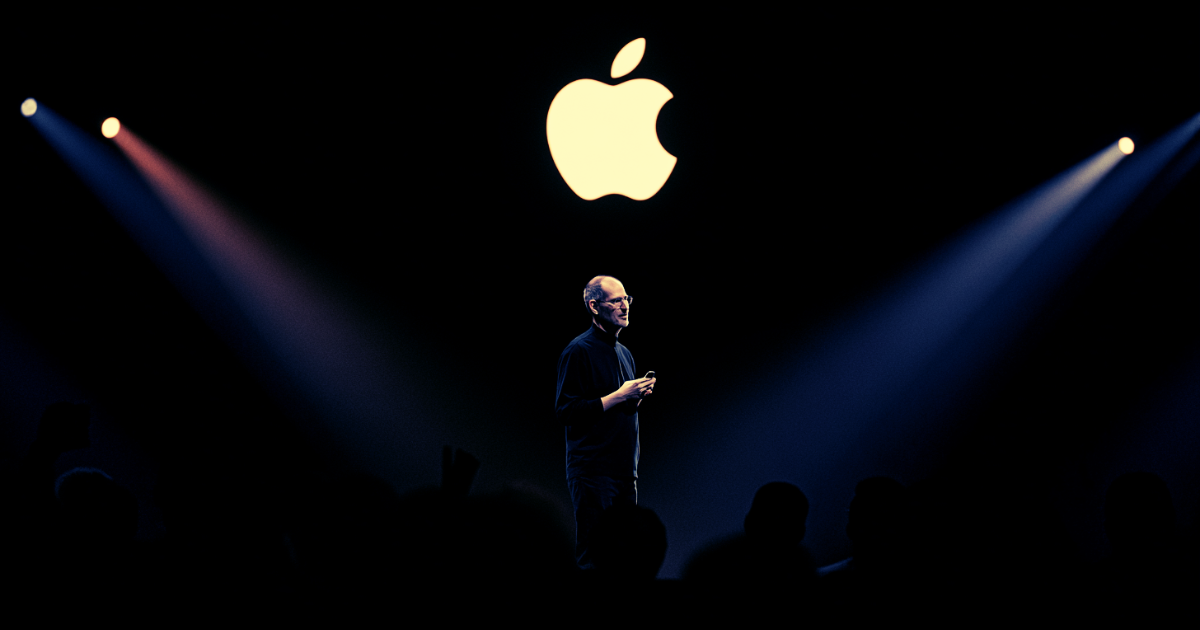
There’s a quiet violence to growth. It isn’t polite, linear, or even comfortable. A seed doesn’t sidestep its shell — it bursts it apart. In nature, a snake’s molt isn’t a graceful wardrobe change but a scraping, splitting act of survival, driven by the pressure of what’s swelling beneath. The old armor, once a perfect fit, becomes a cage. It has to go.
Digital worlds obey the same law. For years, this ecosystem grew outward like a frontier town — every new path a testament to speed and ambition. Roads stretched in parallel, branching into uncharted territory. It was the restless sprawl of something young and fearless, testing every direction at once.
But maps aren’t meant to sprawl forever. Eventually, the cartography changes. It stops being about drawing new borders and starts being about deciding which lines endure. This isn’t just evolution — it’s deliberate architecture. A pruning of branches so the trunk can bear the weight of what’s to come.
The Romans understood this intimately. They didn’t preserve every early temple simply because it stood. They built new forums over the bones of the old, each stone chosen with the city’s future in mind. Consolidation wasn’t a loss; it was an assertion of identity. A capital’s strength came from its singularity, not from scattered monuments. A clear front door was a promise — you could find the heart of Rome without wandering its alleys.

History repeats this lesson in the modern era. In 1997, Apple was ninety days from bankruptcy. Its purpose was buried under a swamp of beige hardware — printers, peripherals, dozens of overlapping computer models, each fighting for oxygen. The company had lost its center.
When Steve Jobs returned, his first act wasn’t to create but to cut. In a move that shocked his own teams, he slashed the product line to just four machines. Entire categories vanished overnight. To some, it looked like surrender.
It wasn’t. It was the shed skin hitting the ground. By stripping away the unfocused sprawl that had defined it, Apple regained clarity. That ruthless focus gave it the freedom and resources to make the iMac, the iPod, the iPhone. The company shed the skin of “computer manufacturer” and became the most valuable cultural machine in the world.

Focus changes everything. The chaotic energy of a frontier gives way to the measured confidence of a capital city. Shedding skin isn’t an act of forgetting — it’s preparation for emergence. It means clearing the noise so the signal can ring louder.
This is the hinge in the frame — the moment when building out becomes building in. When the sprawling outposts of youth give way to a core strong enough to hold the weight of what’s next. It’s the quiet transformation that happens when ambition learns the discipline of form.
Every maturing civilization faces this reckoning. So does every project that survives long enough to matter. The question shifts from “What can be added?” to “What is worth keeping?” And once that question is answered, there’s no going back — the new skin is already forming, waiting to break free.
When that moment comes — when the shell cracks, the map shifts, and the old armor lies at your feet — will you cling to what’s familiar, or step into what’s next?